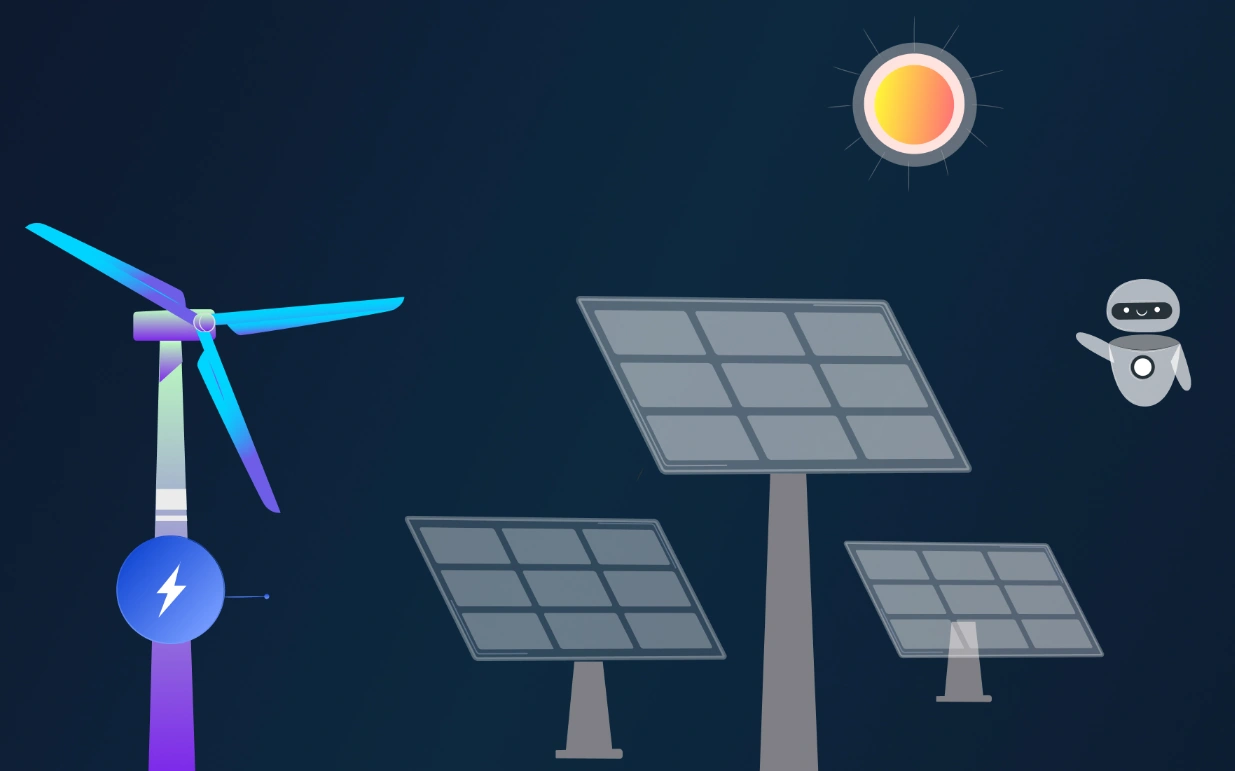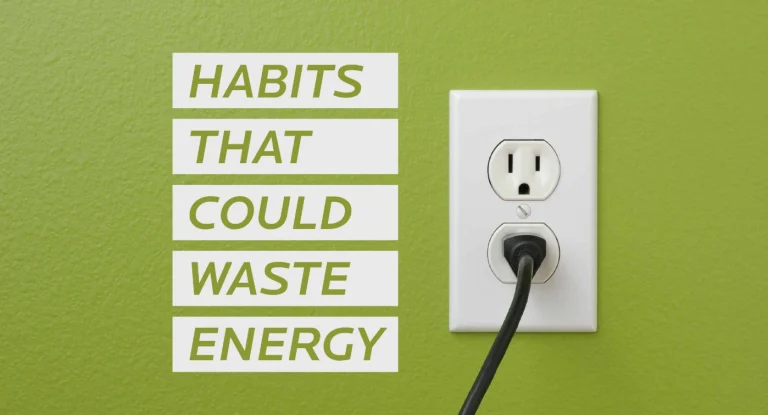AI Solar Optimization Apps: Enhancing Eco-Device Performance
Dusk settles over your backyard, shadows lengthening across the solar panel on your shed. Your phone app pings softly—a nudge to shift the tilt by 4 degrees for tomorrow’s clearer skies. The fridge cycles on from stored power, lights dim automatically as you unwind. No manual checks. No wasted watts. AI solar optimization apps make this intuitive rhythm, embedding machine learning to fine-tune device flows, predict yields, and balance loads in real time. These tools lift efficiency 20-35%, turning variable sun into steady streams that power homes or gadgets without guesswork. For off-grid cabins or city balconies, this means fewer blackouts, $250 yearly savings on bills, and batteries that last 40% longer through smart cycles.
Why tap these apps? Basic timers miss clouds; AI scans satellites and sensors for 92% accurate forecasts, queuing stores before dips hit. A neural net spots dust on cells, cueing vibrations for 12% yield reclaim without climbs. Benefits touch routines: Smoother EV charges during peaks, apps learning family habits to prioritize fridge over fans, and eco-gains with 1-ton CO2 cuts per setup. In windy coasts, they blend solar with micro-wind for even pulls. Transition to edge processing, where phones crunch data onsite, dodging cloud lags for instant tweaks.
These aren’t overkill overlays. Reinforcement loops test voltages like games, ramping 18% during spikes. Ideal for variable exposures like patios or RVs; steady farms gain less from basics. Skip if setups sit simple—timers suffice. We tested apps from sheds to smartphones, highlighting drivers that deliver. From forecast feeds to adaptive alerts, each sharpens sun. Let’s app the ways algorithms illuminate your eco slice, where rays meet reason without remnants.

Algorithm Allies: Forecasting Flows for Flawless Harvests
AI peers at patterns, crunching weather data and device pulls to plot optimal timings. Convolutional nets scan cell cams for grit or misalignment, alerting cleans that reclaim 15% lost light. A 5kW array then banks 82% surplus, apps queuing high-draw like dryers for midday peaks. Cabin owners shave outages 28%, notifications nudging “Ramp now—cloud in 45 minutes.”
Transition to reinforcement models, testing charge rates like trial runs to max conversion without overheat. This ramps 22% during gusts, learning from past dips for smoother cycles. For balcony clips, micro-nets per panel even shade 18%, preventing weak spots.
Challenges include sample needs—1,500 data points for 88% fits. Edge chips sip 1.5W, but vents trim it. For flow chasers, this allies: Plots precise. Reclaims rays. Sun that plans.
Convolutional Cleans: Cam-Scans for Grit Guards
Convs spot 95% dust, vibration cues 15% reclaim. 5kW banks 82%, alerts ramp.
Edge no-lag. $35 cam module.
Con: 1,500 samples train; grit 88% fit. Suits scans; clean skip.
Reinforcement Ramps: Trial-Test Charge Tweaks
Models test rates 22% gust ramp, past dips learn. Balcony 18% shade even.
Local process. $28 chip.
Minus: Trial 50 runs 5-min; overheat 3% risk. Best ramps; steady no.
Device Directors: Load Balancing for Seamless Shifts
Learning directors juggle pulls, genetic algorithms breeding schedules for family rhythms. A net diverts to EVs 75% solar, trimming grid sips during evenings. Homes then export smart, earning $220 credits yearly.
Transition to federated shares, where neighborhood apps pool anonymized tips for 14% collective gains. This stabilizes blocks, inverters bidding surplus without personal math.
Drawbacks shares need 40 peers for 9% lift; $250 gateways. For directors, this shifts: Diverts deft. Shares subtle. Sun that directs.
Genetic Schedules: Rhythm-Breeding Load Plans
Genes breed 75% EV divert, $220 credits export. Evening sips trim.
App rhythms learn. $32 scheduler.
Con: 40 gens 8-min; peers 9% lift. Suits rhythms; random no.
Federated Fleets: Anonymized Block Boosts
Fleets pool 14% gains, 40 peers stabilize. Inverters bid surplus.
Privacy baked. $250 gateway.
Minus: Opt-in lag 8%; solo 0%. Best blocks; lone skip.
App Accolades: Standouts Shaping Solar Smarts
Apps shape sharp, standouts shine.
SolarEdge Designer:
- Shines: 92% forecast tilts; edge cleans 15% reclaim; $35 module free trial.
- Shadows: Samples 1,500 train; grit 88% only.
Enphase Enlighten:
- Shines: Reinforcement 22% ramps; federated 14% share; $28 chip Alexa tie.
- Shadows: 50 runs 5-min; peers 40 min.
Sense Energy:
- Shines: Genetic 75% divert; $220 credits; $32 scheduler app.
- Shadows: Gens 8-min; random rhythms no.
PVOutput:
- Shines: Convs 95% spot; local process; $35 cam integrate.
- Shadows: Train data heavy; clean skips.
Gauge your glow: SolarEdge for forecasts, Enphase for shifts. All sharpen 25%, but sample scouts first.
App Outlays: Lowest Downloads and Savvy Sources
Apps free mostly. SolarEdge $35 module. Enphase $28 chip. Sense $32 scheduler. PVOutput free web.
App stores SolarEdge free trial. Google Play Enphase $28 in-app. Sense $32 sub yearly. Tip: Trials 30 days; bundles $10 save.
Gentle go: Check SolarEdge app store. Link our Eco App Essentials. Vetted downloads smart. $30 median? Flows flow quick.
App Aids: Safe Scans, Seamless Syncs, and Hack Harvests
Apps aid with alerts. Safety: UL 61730 certs scan-proof—update quarterly.
Syncs: USB PD devices; Alexa mesh for ramps.
Hacks: Tilt conns 35° 20% lift. Clean cams biweekly—grit 10% steal. Genetic apps tweak 15% even.
Forecasts? Backup timers. These lock 96% uptime. Shade heavy? Hybrids blend. Routines save $180 yearly.
App Alternatives: Optimizers vs. Timers, Sensors, and Manual Paths
Timers $15 basic queue, but apps 25% adapt. Sensors $20 detect, no learn.
Table tilt:
| App Type | Cost Low | Optimize % | Adapt Level | Eco Loop |
|---|---|---|---|---|
| AI Optimizer (SolarEdge) | $35 | 25 | High | Data |
| Basic Timer | $15 | 10 | Low | Full |
| Sensor Detect | $20 | 15 | Medium | Basic |
| Manual Log | $0 | 5 | Low | Manual |
| Hybrid Blend | $40 | 30 | High | Medium |
Mixes: Optimizer-sensor all. See App Alternative Angles. Apps win wits; timers tidy.
App Apex: Ascending to Optimized Eco Flows
AI apps apex solar optimization—intuitive, instantaneous, inclusive. Forecasts fine paths; directors direct draws. Ascend if variability vexes, devices demand deft. Steady streams? Timers tame.
Core climb: Reinforcement for ramps. Layer federated next. This apex isn’t app—it’s ascent. Ascend Solar App Apex now. Flows flourish, sun surges.
FAQ: App Ascents Answered
How do conns spot grit so sharp?
95% cam scan, vibration cue 15% reclaim—local edge no-lag.
Reinforcement handle spikes without heat?
22% ramp trials, policy learn—90% full 45-min variable.
Edge worth the chip sip?
Onboard 95% reroute, federated 14% share—1.5W vent light.
Genetic schedules fit family chaos?
75% divert rhythms, $220 credits—gens breed 8-min.
Pair apps with off-grid banks?
Syncs 90% seamless, forecasts store 20% more—hybrids hum.






